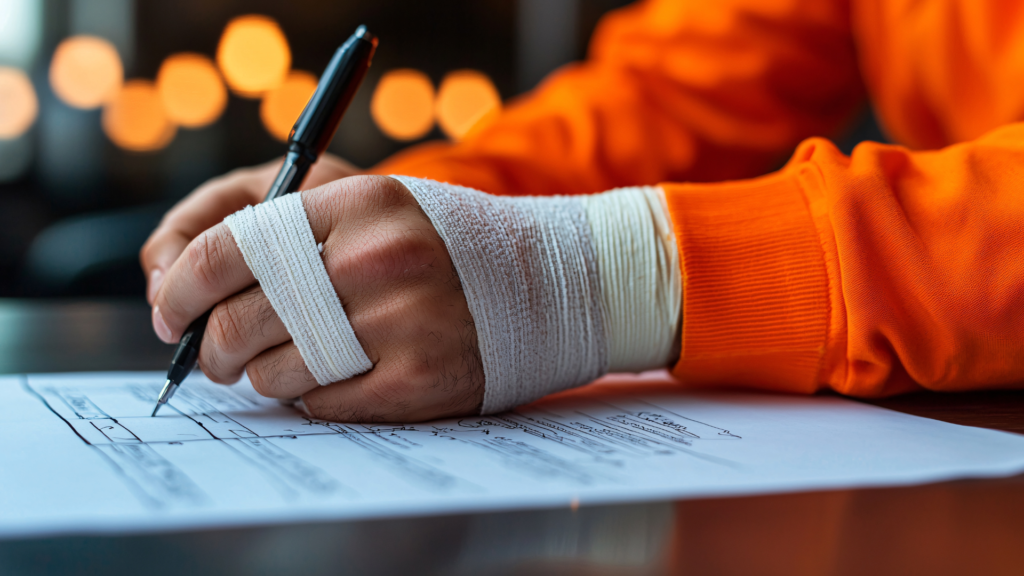In a world where “it’ll never happen to us” is not a safety plan, strong incident reporting is the backbone of a real workplace safety culture. Slapping together a half-hearted report after something goes wrong is not going to cut it anymore. From minor injuries to major near-misses, every incident deserves a smart, streamlined reporting system that protects your team and your bottom line.
Why good incident reporting is your secret weapon
Real talk, not every workplace fully understands how much power great incident reporting holds. It is not just paperwork; it is how you spot trends, correct hazards, and stay on OSHA’s good side. Incident reporting lets you build a proactive safety culture instead of a reactive “oh no” scramble after something bad happens. It is about catching small problems before they become big emergencies.
Training is the root of better reporting
If employees are not trained on how to report incidents or why they should even care, you are setting yourself up for a disaster. Great incident reporting starts with engaging safety training that is:
- Targeted: Specific to the actual risks employees face on the job.
- Accessible: Available anywhere, anytime, from a phone, tablet, or laptop.
- Frequent: Part of the regular work culture, not a once-a-year snoozefest.
- Updated: Always aligned with the latest OSHA standards and best practices.
- Consistent: Everyone gets the same information, every single time.
Accessibility makes incident reporting unstoppable
Employees should never have to dig through dusty filing cabinets or chase down their supervisor just to report a near-miss. They need instant access to reporting tools, training videos, and forms from wherever they are, whether that is a desk, a factory floor, or a remote jobsite. When reporting is simple, people actually do it. When they do it, you catch risks early, improve faster, and protect your people better.
It is not just accidents, it is everything
Incident reporting does not stop at trips and slips. A complete program should cover:
- Personal Protective Equipment (PPE) failures
- Sexual harassment or discrimination reports
- Diversity and inclusion incidents
- Bloodborne pathogens exposures
- Bomb threats or workplace violence concerns
- Bullying or other disruptive behavior
- Conflict resolution needs
- Drug and alcohol policy violations
- OSHA recordable injuries and illnesses
Basically, if it affects safety or workplace wellbeing, it needs to be documented, and fast.
Smart incident reporting tools save the day
The best reporting systems are simple, digital, and flexible. They let you:
- Create reports immediately after an incident
- Upload supporting documents and photos
- Track follow-up actions and corrective measures
- Store everything securely for audits, inspections, or internal reviews
And when OSHA comes knocking, you will not have to scramble to find a paper trail, it will already be organized, updated, and ready to impress.
Now, tell them they can start with this
Ready to sharpen your incident reporting skills? Start with our Incident Investigation: Root Cause to Corrective Action Training Course. It is your first step to turning incidents into opportunities for real improvement, not just more paperwork.
Expand your knowledge with our full safety training catalog
Expand your knowledge with Atlantic Training’s full safety training catalog. This catalog provides an introduction to smarter workplace safety strategies, but there is so much more to explore. For a deeper understanding of incident reporting, OSHA compliance, and prevention-based safety cultures, check out our full course lineup today.
References



